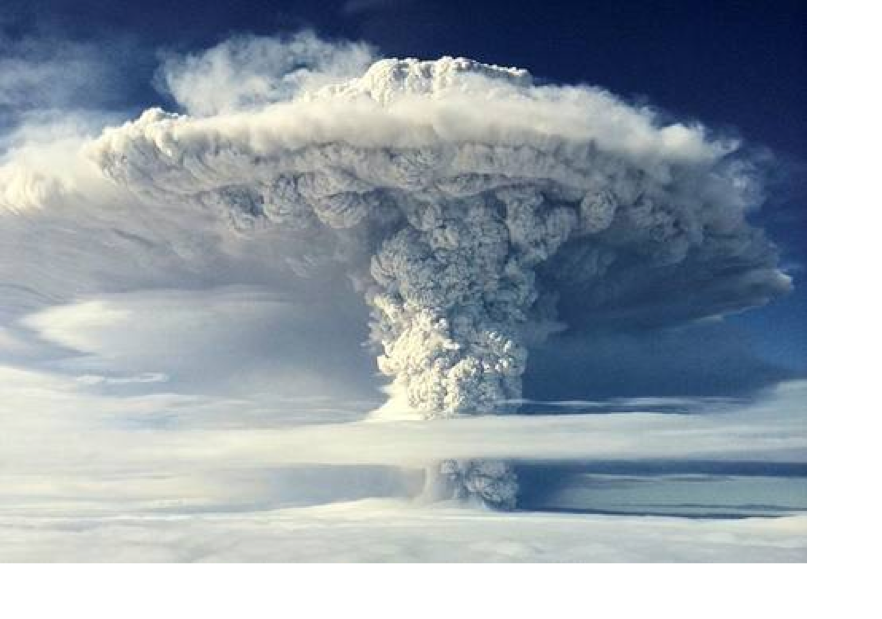Sign up for FlowVella
Sign up with FacebookAlready have an account? Sign in now
By registering you are agreeing to our
Terms of Service
Loading Flow


The main effect on weather right near a volcano is that there is often a lot of rain, lightning, and thunder during an eruption. This is because all the ash particles that are thrown up into the atmosphere are good at attracting/collecting water droplets. We don’t quite know exactly how the lightning is caused but it probably involves the particles moving through the air and separating positively and negatively charged particles.
Another problem in Hawai’i involves the formation of vog, or volcanic fog. The ongoing eruption there is very quiet, with lava flowing through lava tubes and then into the ocean. Up at the vent is an almost constant plume of volcanic fume that contains a lot of sulfur dioxide. This SO2 combines with water in the atmosphere to form sulfuric acid droplets that get carried in the trade winds around to the leeward side of the Big Island. The air quality there has been really poor since the eruption started in 1983 and they are getting pretty tired of it.
Volcanic eruptions produce a number of toxic gases which can damage the environment. Gases typically produced during a volcanic eruption include hydrogen sulphide, hydrogen chloride, hydrogen fluoride, carbon monoxide and volatile metal chlorides
3 negative impacts of volcanoes on environment